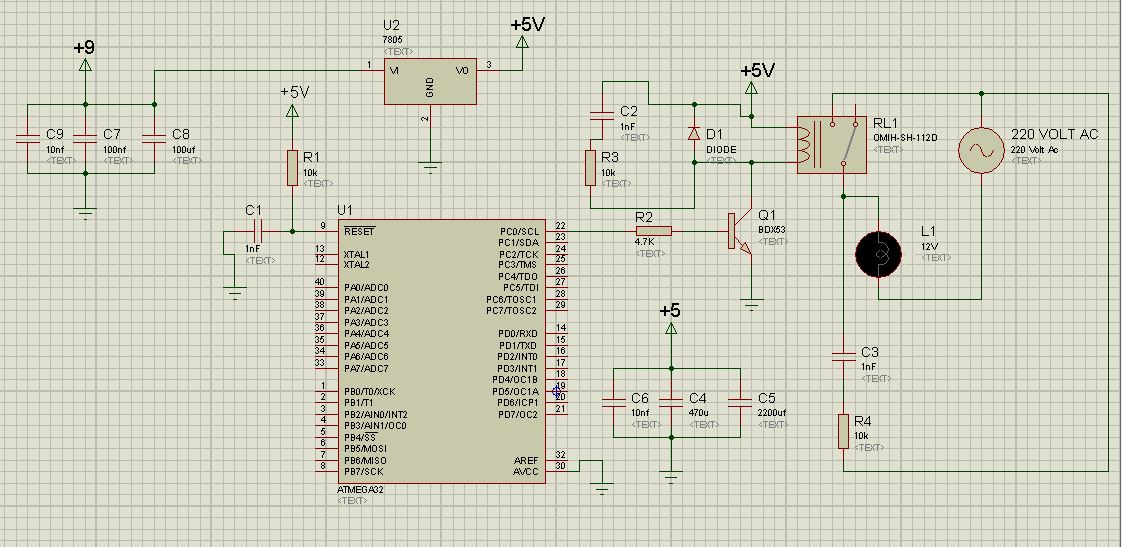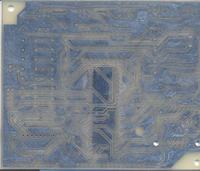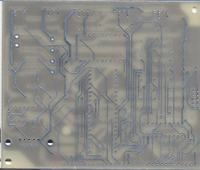baby_1
Advanced Member level 1
Hello
i create this below circuit but it has a big problem
My MCU works fine until after 2-3 seconds that i switched on an AC 220V 1A lamp.
as i tested before when i disconnect the AC voltage source from my circuit works fine (it switch on the relay and do the functions properly)
what is my wrong?(i forget to say i polygon my PCB)

i create this below circuit but it has a big problem
My MCU works fine until after 2-3 seconds that i switched on an AC 220V 1A lamp.
as i tested before when i disconnect the AC voltage source from my circuit works fine (it switch on the relay and do the functions properly)
what is my wrong?(i forget to say i polygon my PCB)


